 No surface designer worth his or her salt is capable of escaping the fascination with texture... but how to capture the original texture and make it a valid visual component? The Spanish moss references the barbed wire. The soft and natural world versus the contained and hard-edged human world. What to do?
No surface designer worth his or her salt is capable of escaping the fascination with texture... but how to capture the original texture and make it a valid visual component? The Spanish moss references the barbed wire. The soft and natural world versus the contained and hard-edged human world. What to do?Printing is my first love, so I could interpret the lines of the Spanish Moss using India ink, or a fine line marker on paper. I could turn that line drawing into a silkscreen; one of the most versatile of printing tools. Or I could put the photograph in a drawing program, even a simple one like Powerpoint, and change it into a black and white image. The B/W picture could translate into a silkscreen, too. The barbed wire image could also be altered either of these ways.
I call the introduction of an image onto a surface using printing a faux texture. Faux means false in French, and we're all familiar with faux painting - an artist's rendition of a scene so that it looks real - a window, with landscape beyond - painted on a building, for example. Faux texture is essentially the same thing. The printed image references the real texture, but is a flat representation of it.
Three dimensional work could also be introduced to mimic the original Spanish Moss and barbed wire. Needle felting is a fantastic means of applying loose, thready stuff onto a flat surface. Hand or machine embroidery? More intriguing choices.
For me, it always comes down to the most elegant choice. The application that rises to the top during my intentional consideration of the possibilities. It takes time to figure out what the most elegant choice is. But it's always worth it.
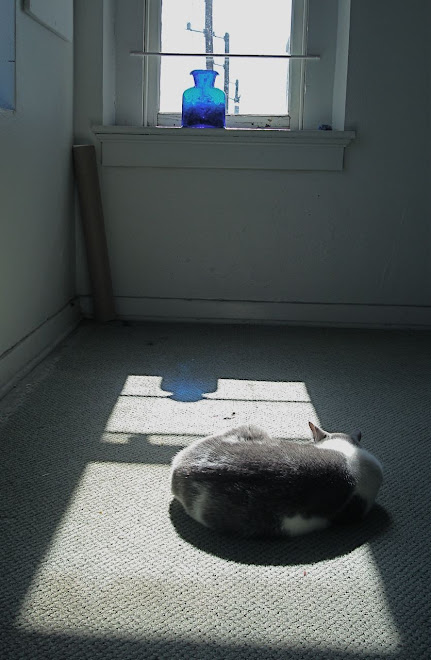
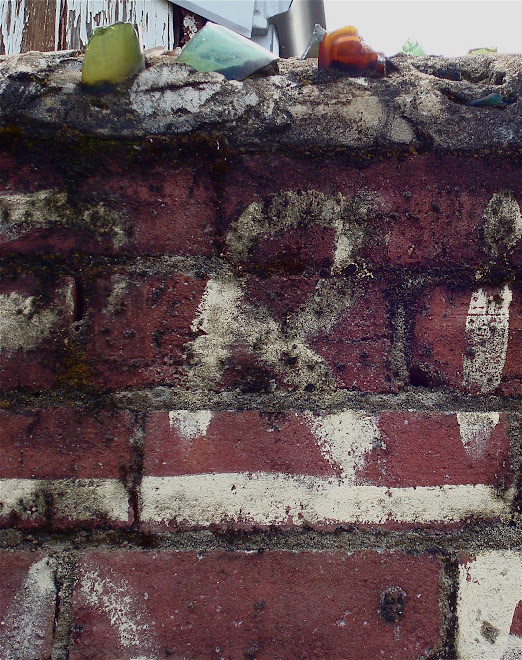
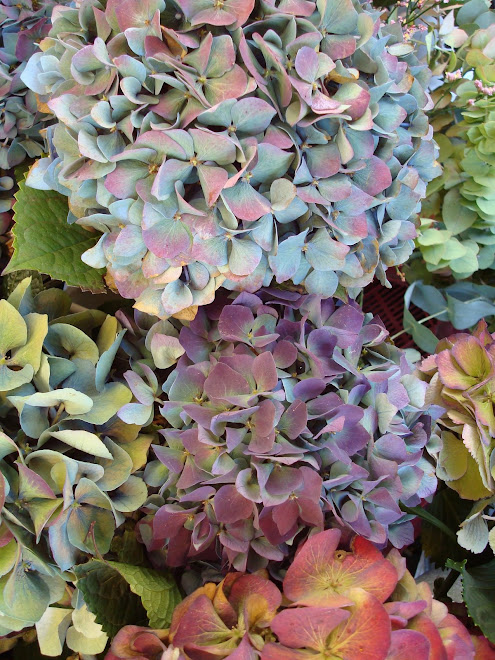
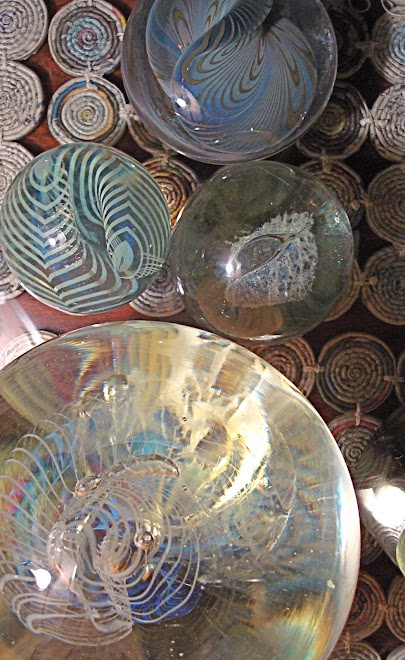
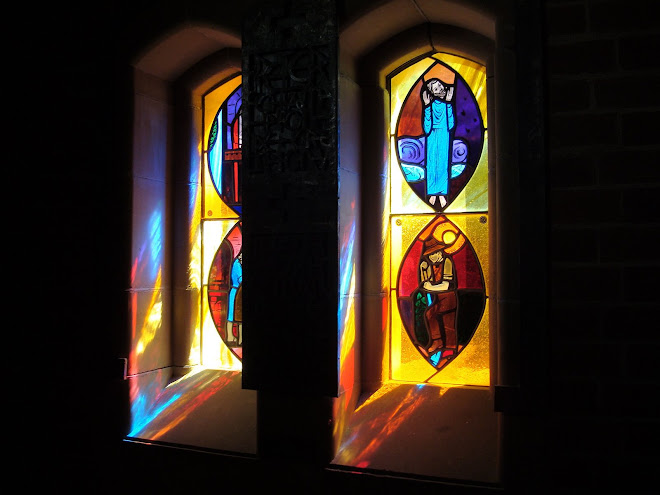







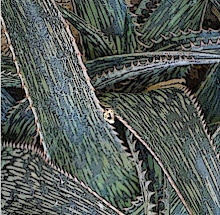
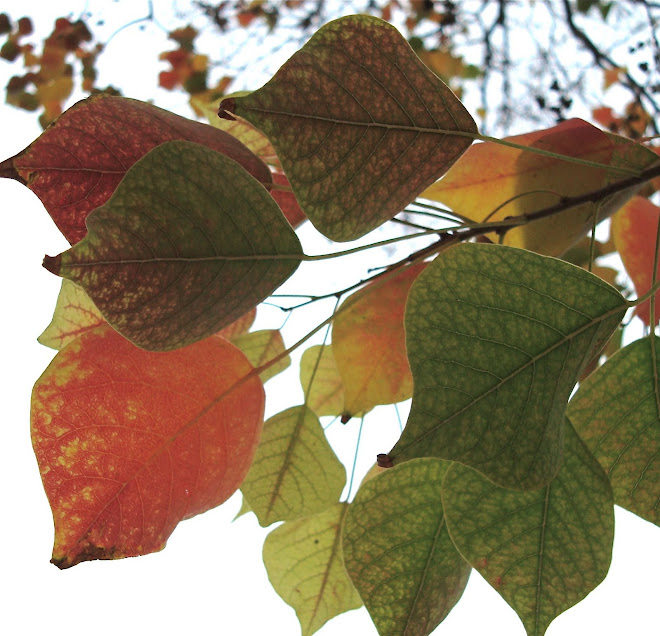
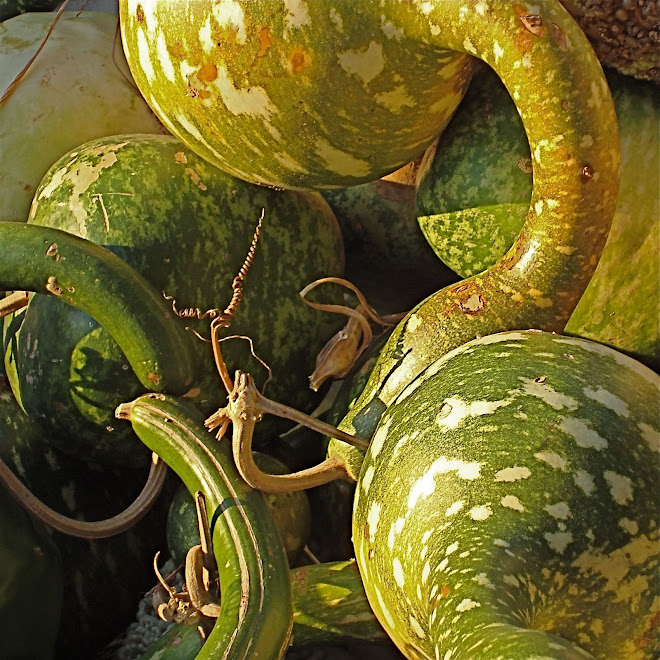
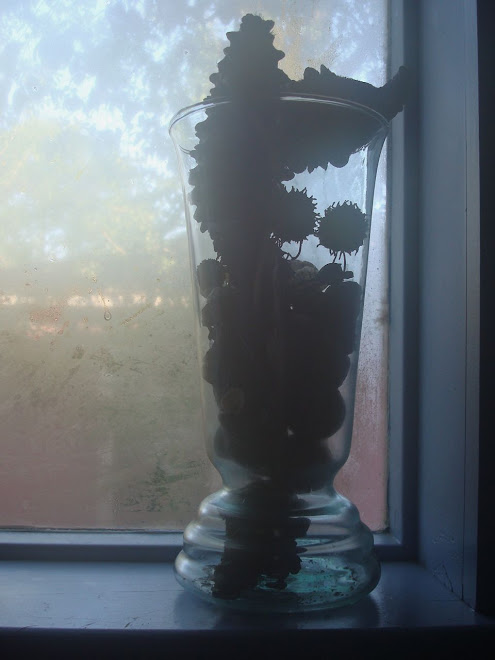
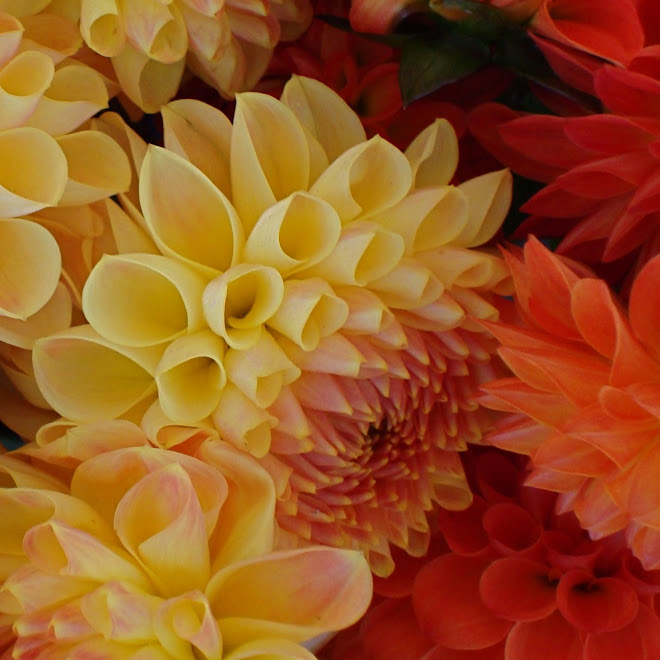
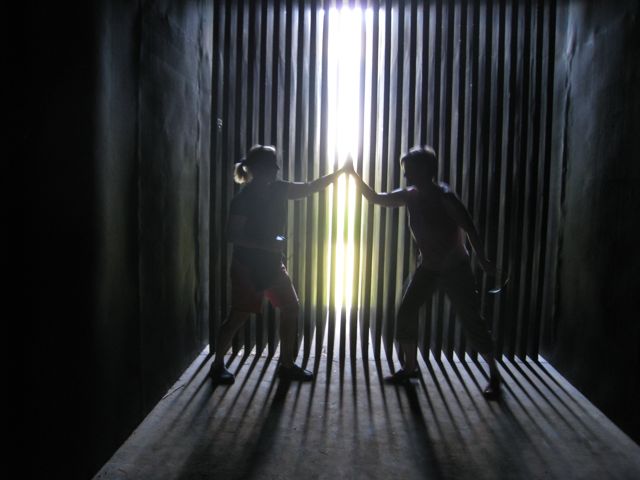
3 comments:
What lovely contrast with the moss and the wire, such different textures but related as well. Thank you for the ennumeration of methods to get that texture down on fabric. I am stymied by that, never having silk-screened and limited experience dyeing. I enjoy and appreciate those fragile lines like Spanish moss--thank you for the insight.
Hello Jane! Just found your blog and find it's very interesting. I might just hang around and learn something. Please do check out mine - I am just getting into blogging.
Jane! thank you for your great images. this one is particularly wonderfully full of texture!
Post a Comment